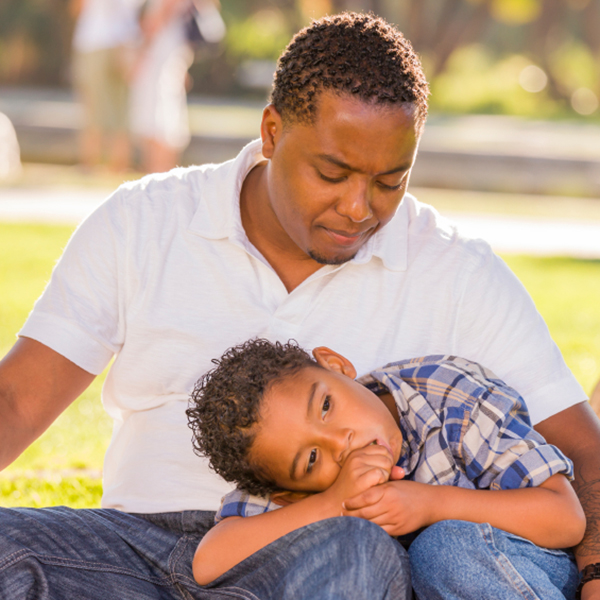Letting Children Be Sad
It goes without saying that everyone would prefer to be happy all the time. At the same time, we all know that this simply isn’t the reality of life. However, it can be difficult for a parent to accept this notion for their children. While they may accept their own happiness as something that is fluid, the desire to care for and protect a child can lead to the idea that our children should always be happy. This is not a good approach.
Parenting expert Adina Soclof shares that this can be one of the most difficult concepts for parents to grasp, much less implement. Natural instincts are to protect children, however when a parent is overprotective, they may negatively impact their child’s emotional growth.
So just what problems do parents face when dealing with their children’s emotions?
According to Soclof, “It’s not so much that they have problems with their kids, it’s that they want a quick fix, they don’t know how to just leave their kids alone and let them be sad when they’re sad, and that their job is not to make their kids happy all the time.”
Besides the instinct to protect, another culprit identified by Soclof is that parents sometimes believe that a child’s mood is reflective of their ability to parent. She points out that there is no simple equation of “happy child equals good parent,” or “unhappy child equals poor parent.” The most well rounded and emotionally healthy child, or adult for that matter, will necessarily experience a full spectrum of feelings as a part of life.
Being Sad On Occasion Is Normal For Both parents And Teens
The key here is to remember that ups and downs are all equal parts of the human condition. In the end, the goal of parenting is not to provide everything for one’s children indefinitely, but to enable them to one day provide for themselves. If parents try to micromanage feelings, their children can become deprived of learning their own coping mechanisms. Artificially imposed happiness will be fleeting, but a child who learns how to feel sad and happy at appropriate times, and manage their own feelings, will be set for life.
Finding ways to deal with life on one’s own terms, and to feel emotions in a healthy manner is an important personal experience. Being told to feel one way or another can skew a child’s own emotional barometer and rob the child of the ability to figure things out for themselves. Children and teens need to learn when and how to let feelings pass through trial and error.
One of the best things a parent can do for their child is not to influence their feelings, but to seek to understand them.
Parents: It is easier said than done not to try to fix things when your child feels bad feelings. At the same time they should not be left to feel them alone. Parents should respect their child’s feelings, demonstrate that they empathize with these emotions, and help them put a name to them. Take notice when a child seems “down” or “upset” and ask them the reason. Let the child know that it is normal to have a hard day or similar circumstances that might induce bad feelings. Let your child know you are there if they need you, and let them sort out the rest for themselves. By these means they may feel supported, without becoming dependant.
Teens: “Feelings aren’t facts.” Feelings come and go as a natural part of life. It is easy to identify all good feelings as positive influences and all bad feelings as negative influences, but in the end they both have their value. The ability to feel both good and bad is what makes us human and both types of feelings are normal at times. The important thing is that we should try to avoid getting “stuck” on either end of the scale. It is ok to feel sad when sad things happen because it helps us to identify with others. Feeling the full spectrum of emotions makes us full people.













No Comment